Seasonal Bacterial Eye Infection Risk Calculator
Your Risk Assessment
| Pathogen | Typical Season | Main Symptoms | Transmission |
|---|---|---|---|
| Staphylococcus aureus | Late spring – summer | Thick yellow-green discharge, crusted eyelids | Hands, shared towels, contact lenses |
| Streptococcus pneumoniae | Early fall | Watery discharge, mild pain | Respiratory droplets, close contact |
| Pseudomonas aeruginosa | Summer (especially in swimmers) | Rapid progression, corneal ulcer risk | Contaminated water, contact lens solution |
| Haemophilus influenzae | Winter – early spring | Burning sensation, thin discharge | Respiratory secretions |
Ever notice that your eyes feel rougher or redder during certain times of the year? It’s not just a coincidence-seasonal shifts can stir up the microbes that cause bacterial eye infections. This article breaks down why temperature, humidity, and UV light matter, which bugs tend to show up when, and what you can do to keep your eyes healthy all year long.
Key Takeaways
- Bacterial eye infections spike in warm, humid months because many pathogens thrive in that environment.
- Dry, cold seasons increase the risk of eye irritation, which can let bacteria slip in more easily.
- Knowing the most common seasonal pathogens (like Staphylococcus aureus in summer) helps you spot symptoms early.
- Simple hygiene tweaks-hand washing, avoiding eye‑rubbing, using humidifiers-can curb infection rates across seasons.
- If you develop persistent redness, pain, or discharge, seek medical care promptly; early treatment speeds recovery.
What Are Bacterial Eye Infections?
Bacterial eye infection is an invasion of the ocular surface by bacteria that leads to inflammation, redness, and discharge. The most common form is bacterial conjunctivitis, where the thin membrane covering the white of the eye (the conjunctiva) becomes inflamed. While viruses cause the majority of conjunctivitis cases, bacteria such as Staphylococcus aureus, Streptococcus pneumoniae, and Pseudomonas aeruginosa are responsible for a significant share of bacterial episodes.
How Seasonal Changes Affect Infection Rates
Seasonal change isn’t just about temperature; it also brings shifts in humidity, UV radiation, and people's behavior. In summer and early fall, higher humidity and warmer temperatures create a perfect breeding ground for bacteria on surfaces like towels, pillowcases, and contact lenses. UV exposure can damage the eye’s natural tear film, reducing its protective barrier.
During winter, colder air and indoor heating dry out the ocular surface, leading to irritation and micro‑abrasions. Those tiny openings make it easier for bacteria-often introduced from contaminated hands-to penetrate.
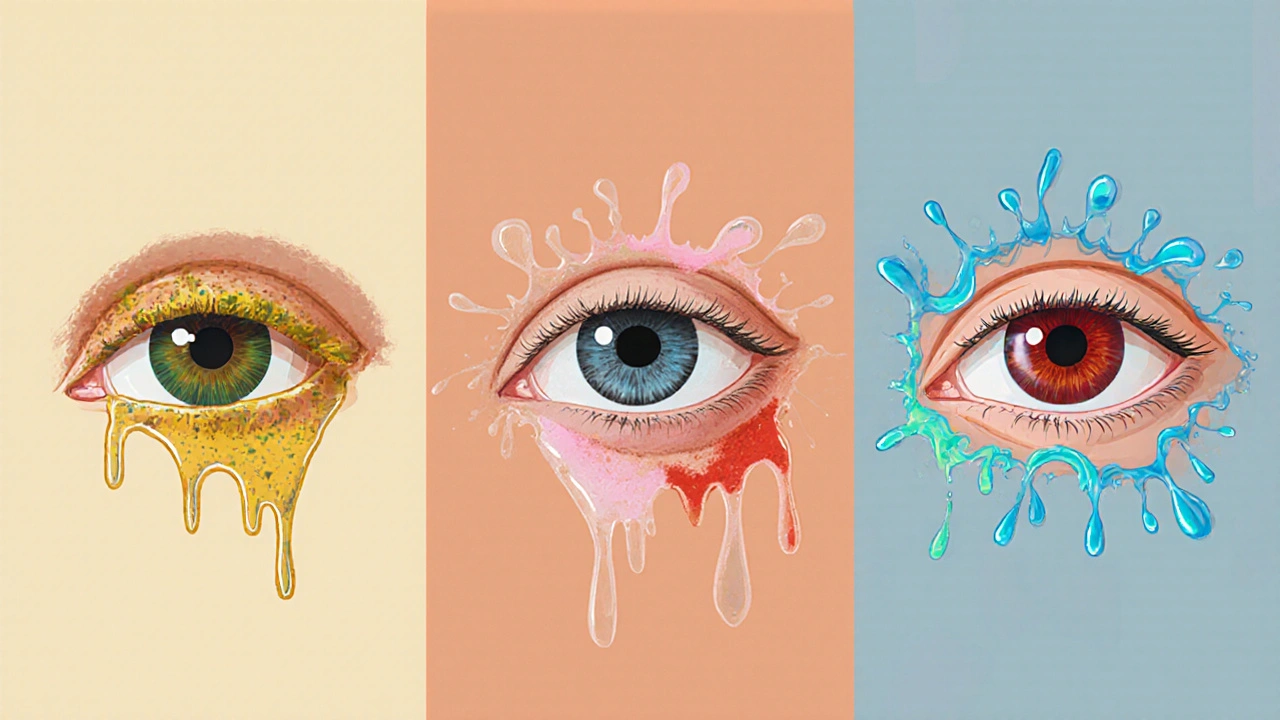
Common Bacterial Pathogens and Their Seasonal Peaks
| Pathogen | Typical Season | Main Symptoms | Transmission |
|---|---|---|---|
| Staphylococcus aureus | Late spring-summer | Thick yellow‑green discharge, crusted eyelids | Hands, shared towels, contact lenses |
| Streptococcus pneumoniae | Early fall | Watery discharge, mild pain | Respiratory droplets, close contact |
| Pseudomonas aeruginosa | Summer (especially in swimmers) | Rapid progression, corneal ulcer risk | Contaminated water, contact lens solution |
| Haemophilus influenzae | Winter-early spring | Burning sensation, thin discharge | Respiratory secretions |
Why Humidity and Temperature Matter
Humidity influences how long bacteria stay alive on surfaces. At 60‑80% relative humidity, pathogens such as Staphylococcus aureus can survive for days, increasing the chance of transfer to the eye. Conversely, very low humidity-common in heated winter homes-dries the tear film, compromising its antimicrobial proteins (lysozyme, lactoferrin) and making the eye more vulnerable.
Temperature also plays a role. Warmer skin and ocular surfaces promote bacterial growth, while cold air can cause vasoconstriction, reducing the eye’s natural inflammatory response and masking early signs of infection.
Preventive Strategies Tailored to the Season
- Summer & early fall
- Keep hands clean before touching eyes; use alcohol‑based sanitizer if soap isn’t handy.
- Rinse swimming goggles and replace contact lens solution daily.
- Store towels and pillowcases in a dry, well‑ventilated area; wash them in hot water (≥60°C) weekly.
- Consider using a household humidifier set to 45‑55% to prevent excessive moisture that encourages mold.
- Winter & early spring
- Use a lubricating eye drop (preservative‑free) to combat dryness.
- Run a humidifier in bedrooms to maintain a comfortable moisture level.
- Avoid rubbing eyes; irritation can create micro‑scratches.
- Don’t share hand‑kerchiefs or cosmetics that come into contact with the eye.
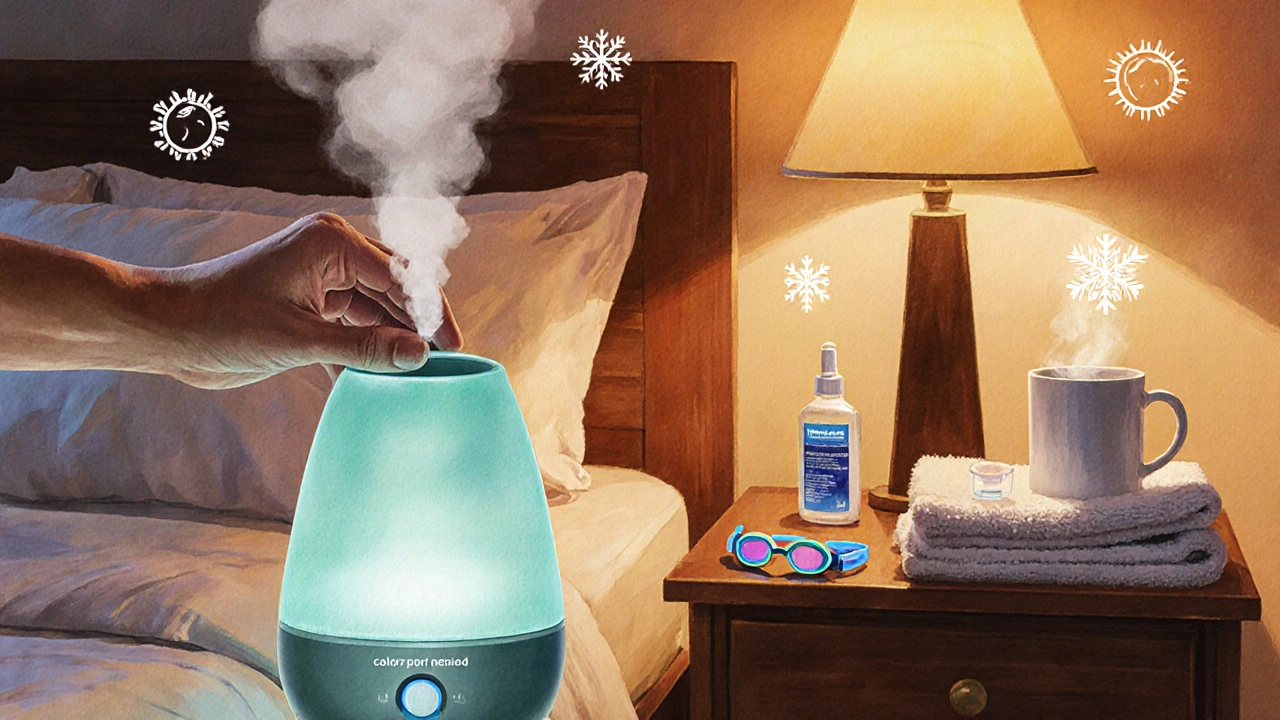
Recognizing Symptoms Early
Not every red eye is bacterial, but certain clues point toward infection:
- Discharge that’s thick, yellow or green (viral tends to be watery).
- Crusting of the eyelids, especially after sleep.
- Feeling of grit or foreign body.
- Localized swelling of the conjunctiva or inner eyelid.
If symptoms persist more than 48hours, worsen, or are accompanied by intense pain, blurry vision, or light sensitivity, schedule a eye‑care visit promptly.
Treatment Options and Home Care
Doctors typically prescribe antibiotic eye drops or ointments-commonly erythromycin, tobramycin, or fluoroquinolones-based on the suspected pathogen. For Pseudomonas aeruginosa infections, a fluoroquinolone is preferred because of its strong activity against this tough bug.
While on antibiotics, continue good hygiene: avoid touching the dropper tip, discard unused medication after the prescribed period, and wash hands before and after each dose. Completing the full course, even if eyes start feeling better, prevents resistance.
Adjunctive home care includes:
- Cold compresses to reduce swelling.
- Artificial tears to keep the surface moist.
- Avoiding contact lenses until the infection clears.
Frequently Asked Questions
Can allergies cause bacterial eye infections?
Allergic conjunctivitis itself isn’t bacterial, but the itching it triggers leads many people to rub their eyes. Rubbing can create tiny abrasions that let bacteria in, turning an allergic flare‑up into a secondary bacterial infection.
Why do my eyes feel worse after using a heater?
Heaters lower indoor humidity, drying the tear film that lubricates the eye. A dry surface can crack the protective mucus layer, making it easier for bacteria to attach and multiply.
Is it safe to use over‑the‑counter eye drops for bacterial infections?
OTC drops usually contain lubricants or antihistamines-they won’t kill bacteria. If you suspect a bacterial infection, see a professional for prescription antibiotics.
Do contact lenses increase the risk of bacterial eye infections?
Yes. Lenses can trap bacteria and reduce oxygen flow to the cornea. Proper cleaning, using fresh solution, and giving your eyes a break each day lower the risk.
How long does a typical bacterial conjunctivitis last with treatment?
Most cases improve within 24‑48hours after starting antibiotics and clear up fully in about a week. Without treatment, symptoms can linger for 2‑3weeks and may spread.
Can I prevent bacterial eye infections completely?
You can’t eliminate risk entirely, but rigorous hand hygiene, avoiding eye‑rubbing, keeping personal items clean, and adjusting your environment for humidity and temperature dramatically cut the odds.
Understanding how bacterial eye infections dance with the seasons gives you a practical edge. By tweaking daily habits to match the weather, you protect your eyes, reduce doctor visits, and keep your vision clear year‑round.
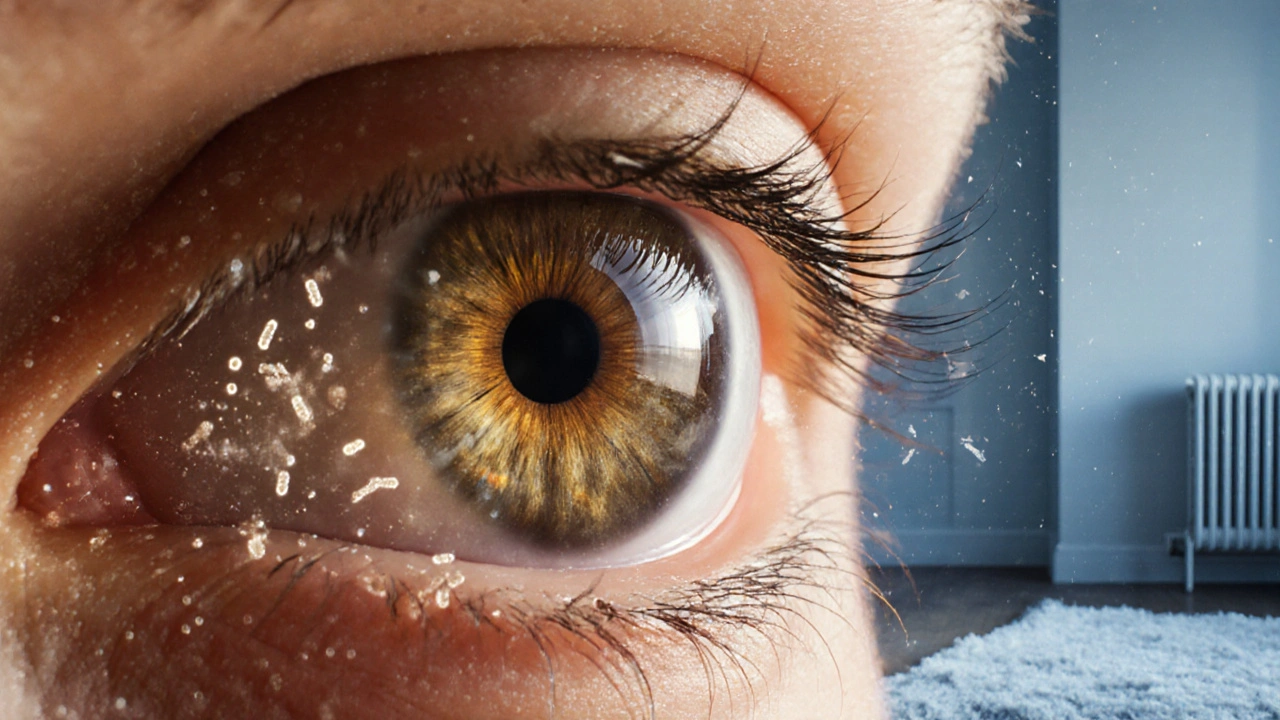

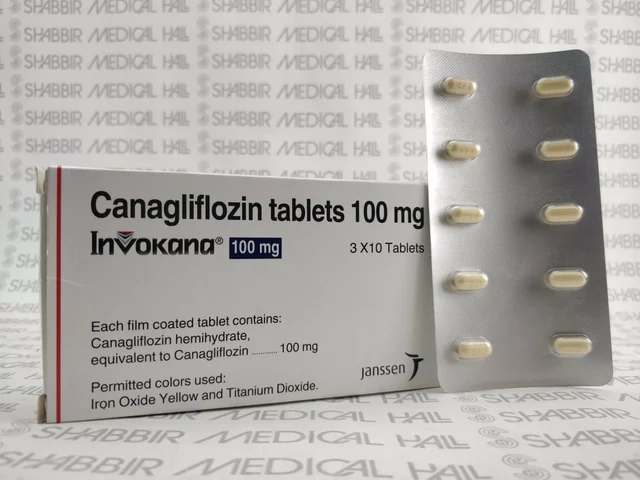

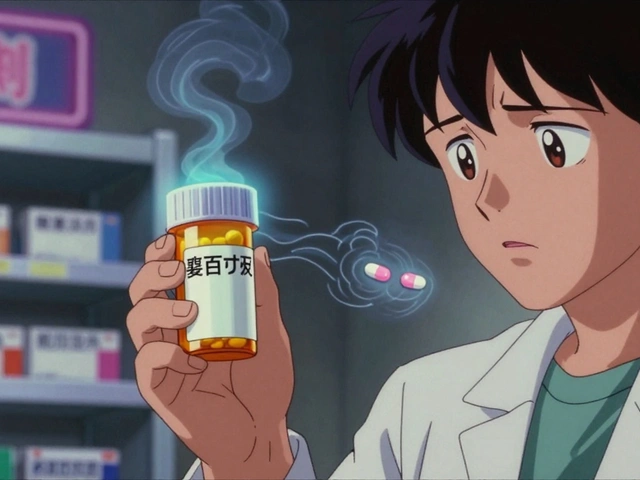
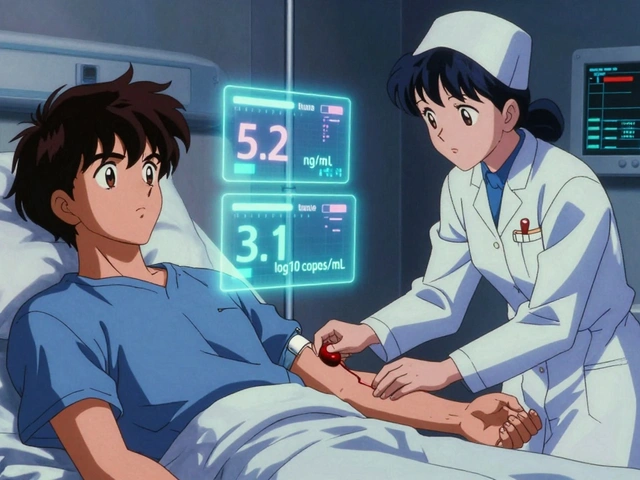
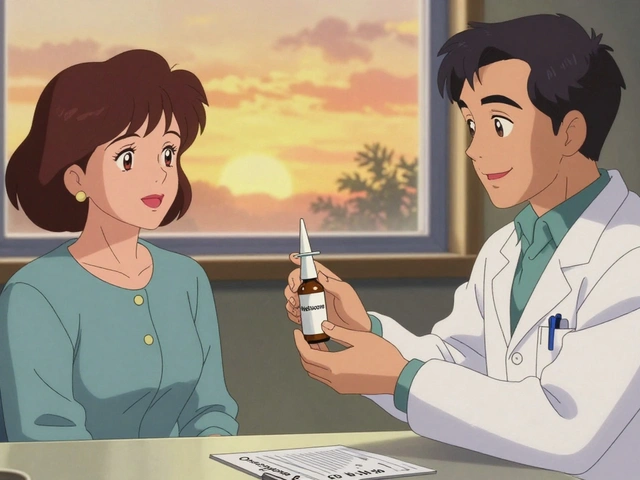
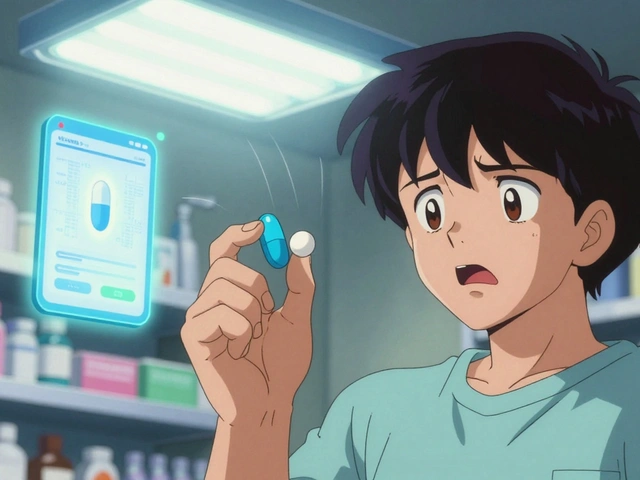

10 Comments
Robert Brown
Oct 10 2025Your article is a boring rehash of well‑known facts.
George Kent
Oct 17 2025Firstly, your title suffers from a lack of precision-seasonal shifts do not merely “influence” bacterial eye infections, they *modulate* them, which you fail to acknowledge! Moreover, the claim that “warm, humid months” increase risk is *trivial* and *already documented* in countless ophthalmology textbooks, so why bother re‑summarising it? Your risk calculator UI looks like a half‑baked prototype, and the JavaScript snippets are riddled with syntax errors-did you even test it? 🙄 Additionally, the article ignores regional climate variations; a humid summer in Seattle differs vastly from one in Arizona. In short, this post feels like a lazy copy‑paste job rather than original insight! 😑
Erin Smith
Oct 23 2025Wow, this post really breaks down the seasonal stuff in a way that's easy to get. I love how it gives simple tips like using a humidifier in winter-so practical and not scary at all. Keep sharing stuff like this!
Jonathan Martens
Oct 30 2025Ah, the classic “seasonal pathogen matrix”-nothing like sprinkling buzz‑words to make a straightforward health guide feel like a corporate whitepaper. While the micro‑environmental variables are well‑tabulated, the recommendations could benefit from a more nuanced risk‑adjusted algorithm rather than a static point system. Still, kudos for highlighting the UV‑induced tear‑film disruption; that’s often an under‑appreciated factor in ocular microbiology.
Jessica Davies
Nov 6 2025Honestly, the whole premise that humidity dictates bacterial virulence is overrated; most infections stem from personal hygiene lapses, not the weather. If you read the latest microbiome studies, you'll see that host factors outweigh environmental ones by a wide margin.
Kyle Rhines
Nov 12 2025One must question the underlying agenda of this article-why emphasize personal responsibility while ignoring the pharmaceutical industry's role in promoting prescription eye drops? The selective citation of older textbooks suggests a deliberate attempt to downplay newer research that links indoor air quality standards to ocular health. Moreover, the grammatical oversight in “Seasonal Bacterial Eye Infection Risk Calculator” (missing hyphen) reflects a rushed editorial process, possibly to push the content before a marketing deadline.
Lin Zhao
Nov 19 2025Great info! 🌟 I especially appreciate the tip about using preservative‑free artificial tears during winter-my eyes have felt so much better since I tried it. Thanks for the thorough breakdown!
Laneeka Mcrae
Nov 25 2025While the seasonal trends are accurate, it's crucial to note that Staphylococcus aureus can also thrive in cooler, less humid conditions if there’s abundant skin oil. The article could improve by mentioning that hand hygiene remains the most effective preventive measure across all seasons, regardless of temperature or humidity levels. Additionally, contact lens solutions with hydrogen peroxide are superior to multipurpose solutions for eliminating Pseudomonas aeruginosa.
Kendra Barnett
Dec 2 2025Super helpful guide! I’m going to set my humidifier to 50% this winter and keep an eye on my lens routine. Thanks for the practical advice.
Warren Nelson
Dec 9 2025This piece nails it-seasonal shifts really do play a role, and the tables make it easy to spot which bugs are lurking when. I’ve started washing my pillowcases in hot water every week, and I haven’t had any redness this fall. Anyone else notice a difference after adjusting indoor humidity?